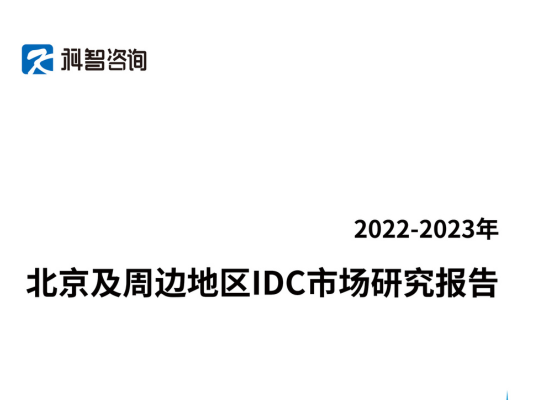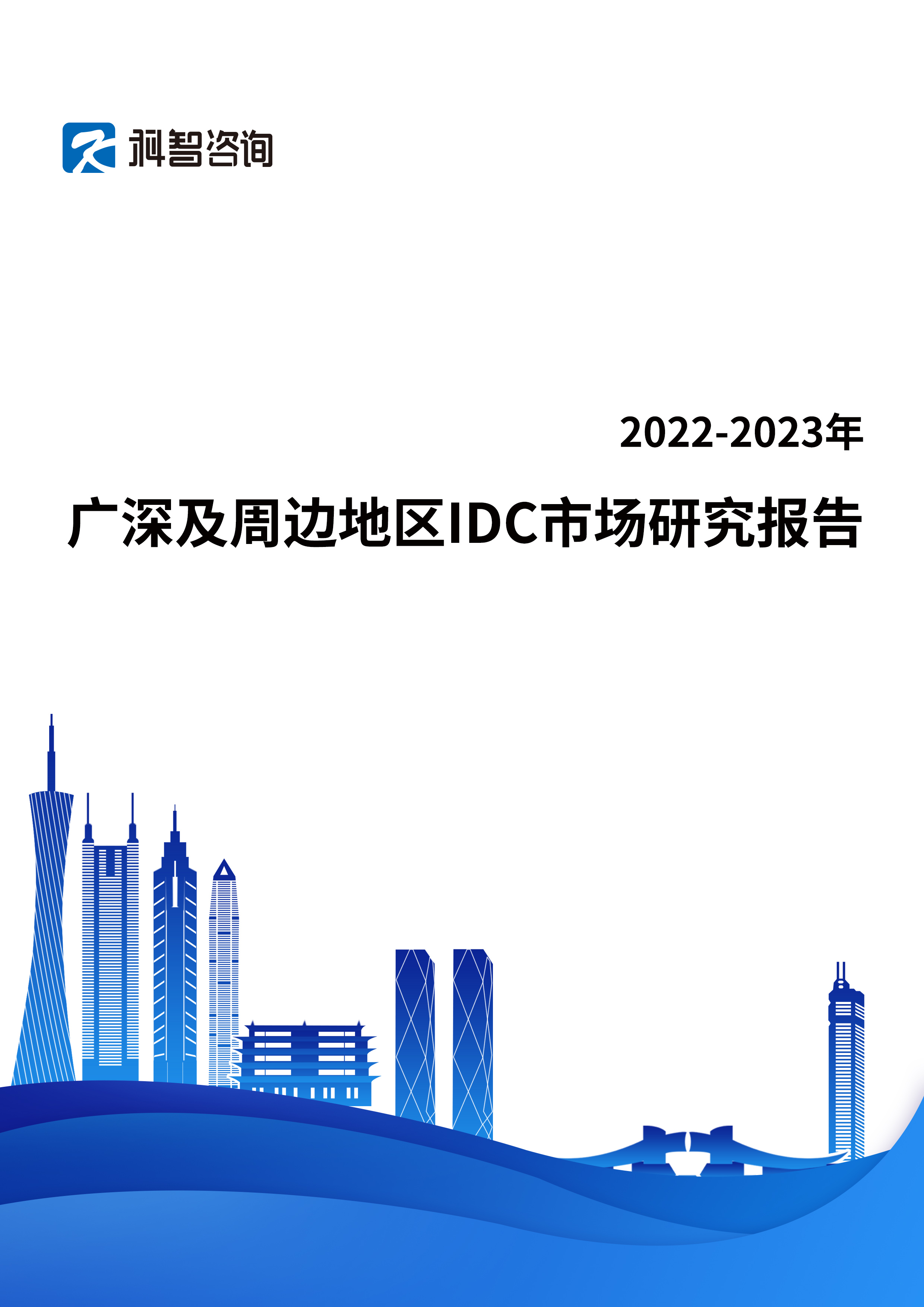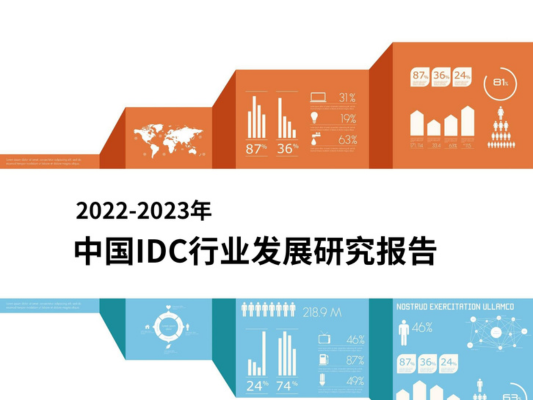Xie Cun, director of the Information and Communication Development Department of the Ministry of Industry and Information Technology, said on the 16th that China has built more than 1.15 million 5G base stations, accounting for more than 70% of the world, and is the world’s largest and most technologically advanced 5G independent networking network. All prefecture-level cities and urban areas, more than 97% of counties and urban areas, and 40% of towns and towns in the country have achieved 5G network coverage;5G terminal users reached 450 million, accounting for more than 80% of the world.
On the morning of November 16th, the Ministry of Industry and Information Technology held a press conference on the development plan for the information and communication industry during the 14th Five-Year Plan to introduce the development plan for the information and communication industry during the 14th Five-Year Plan. A reporter asked at the meeting: The current 5G base station and other new infrastructure construction is accelerating, but the overall scale is not large enough. Next, how will the Ministry of Industry and Information Technology further promote and expand the construction of new infrastructure?
In response, Xie Cun stated that in accordance with the decisions and deployment of the Party Central Committee and the State Council, the Ministry of Industry and Information Technology has steadily promoted the construction of new infrastructure such as 5G. Documents such as the "Sailing" Action Plan (2021-2023)" will promote the high-quality development of 5G network construction and applications. Local governments have given strong support to 5G in terms of site planning, resource opening, and electricity discounts. The development environment has been continuously optimized, and 5G development has achieved world-leading remarkable achievements.
China has built more than 1.15 million 5G base stations, accounting for more than 70% of the world, and is the world’s largest and most technologically advanced 5G independent networking network. All prefecture-level cities and urban areas, more than 97% of counties and urban areas, and 40% of towns and towns in the country have achieved 5G network coverage;5G terminal users reached 450 million, accounting for more than 80% of the world. Industry applications are expanding rapidly. The 4th "Blooming Cup" 5G Application Contest and the National 5G Industry Application Large-scale Development Conference and other activities have been organized. There are more than 10,000 5G application innovation cases nationwide, covering industry, medical care, education, transportation, etc. Multiple industries.
Xie Cun pointed out that the "Fourteenth Five-Year Plan for the Development of Information and Communication Industry" comprehensively deploys new digital infrastructure, including 5G, gigabit optical fiber network, IPv6, mobile Internet of things, satellite communication network and other new generation communication network infrastructure, data center , AI infrastructure, blockchain infrastructure and other data and computing power facilities, as well as integrated infrastructure such as the industrial Internet and the Internet of Vehicles.
The overall goal is to basically build a new digital infrastructure system featuring high-speed ubiquitous, integrated interconnection, smart, green, safe and reliable by 2025, and lay a solid foundation for the development of a strong manufacturing country, a network power country, and the construction of a digital China.
Specifically, first, the communication network infrastructure strives to maintain the international advanced level. On the basis of the world's largest optical fiber and mobile broadband network, we will strive to build the world's largest 5G independent networking network during the "14th Five-Year Plan" period, and strive to have 26 5G base stations per 10,000 people, and achieve comprehensive urban and rural areas. Coverage, basic coverage of administrative villages, and deep coverage of key application scenarios. The 5G access rate of administrative villages is expected to reach 80%. Continue to expand the coverage of the Gigabit optical fiber network, promote the scale deployment of 10G-PON equipment in cities and key towns, and strive to reach 12 million 10G-PON and above ports. Speed up the application and terminal IPv6 upgrade and transformation, and realize the growth of IPv6 user scale and business traffic. The proportion of mobile network IPv6 traffic is expected to reach 70%. Accelerate the expansion of international Internet access bandwidth, continue to improve the quality of international information and communication services, and strive to reach 48 terabits per second by 2025.
Second, the service capabilities of data and computing power facilities have been significantly enhanced. Build a multi-level computing power facility system featuring digital network collaboration, digital cloud collaboration, cloud-side collaboration, and green intelligence. The computing power level has been greatly improved. The computing power of the data center is expected to reach 300 exascale floating-point operations per second. The service capabilities of facilities such as artificial intelligence and blockchain have been significantly enhanced.
The third is to achieve breakthroughs in the construction of integrated infrastructure. Basically build a high-quality industrial Internet network covering all regions and industries, and create a batch of "5G + Industrial Internet" benchmarks. The industrial Internet logo analysis system is more complete, the service capacity is greatly improved, and the number of public service nodes is striving to reach 150. Key expressways and urban roads will achieve the scale coverage of cellular vehicle networking (C-V2X).
Xie Cun said that in order to achieve the above goals, in the near future, the MIIT will focus on 5G, Gigabit Optical Network, Industrial Internet, Data Center, Internet of Things, Blockchain, IPv6 and other fields, and started to organize and implement special actions, and respectively issued three-year action plans for deployment.








